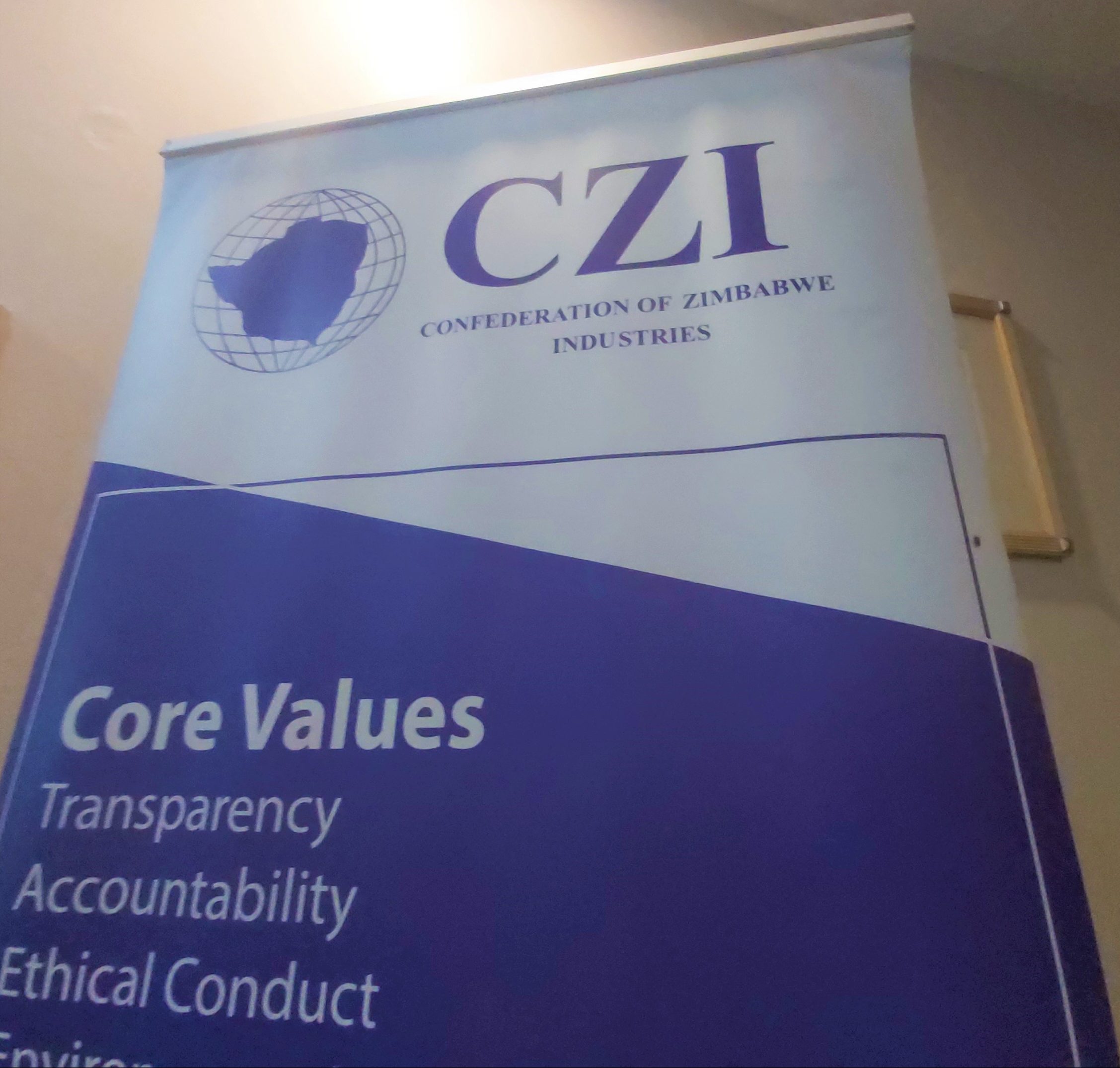Industry decries mandatory exchange rate pricing law
Zimbabwe’s law compelling businesses to use the official exchange rate plus a maximum of 10 percent markup when setting prices, has a distortionary effect on pricing, industrialists say, while this has also an effect of pushing prices higher in US dollar terms.
The statutory requirement has been blamed for driving consumers to the informal market where goods are sold mostly in foreign currency at lower prices, the Confederation of Zimbabwe Industries (CZI) said in a June 2023 brief to members.
According to CZI, traders have struggled to come up with proper pricing structures that allow them to increase domestic currency prices in line with the depreciating local currency while not falling foul of the law on compulsory pricing using the official exchange rate.
The local currency depreciated drastically in June 2023, which fed into hyperinflation. On the Auction market, it depreciated by 273 percent from May 2023 to June 2023, the exchange rate.
Notably, the premium between the official and black market rates was almost 100 percent during that period.
The conundrum that arises for registered traders is that the Financial Intelligence Unit of the central bank has been harshly enforcing compliance with the prescribed principle of ‘formal exchange rate plus a 10 percent margin’.
In terms of Statutory Instrument 185 of 2020, which followed the implementation of the willing buyer-willing seller dual pricing framework last year, the pricing of goods and services should be based on the prevailing exchange rate plus the 10 percent margin.
Businesses had the most traumatic experience with pricing models between May and June 2023 when the month-on-month blended inflation rate increased from 15,7 percent to 74,5 percent.
The inflation increase translated into a gain of 58,7 percentage points, which is the biggest jump in blended month-on-month inflation since its inception in 2020.
The industrialists said while domestic currency prices raced in response to the weakening local currency on the parallel market, US dollar prices also rose markedly as the businesses sought to ensure they remained compliant with the provisions on pricing using the formal exchange rate.
To avoid violating the law, retailers have found themselves facing a situation that requires them to also increase US dollar prices to comply with the law.
CZI said this was revealed by a tracking inflation model that uses the total consumption line to determine domestic currency inflation at a time authorities are publishing only blended figures, a combination of local and foreign currency prices.
The Total Consumption Line (TCL) is reported in the Zimbabwe dollar currency.
A look at the historic trends for changes in the TCL on an annual basis (TCL inflation), CZI said, it shows that it is closely related to the annual inflation and that they actually have the same trend.
The industrialists said this made it easy to have a model based on the historic relationship between TCL inflation and annual inflation.
“The annual change in TCL was about 394,8 percent in June 2023 and based on the CZI model, annual Zimbabwe dollar inflation is estimated to be about 360 percent in June 2023,” CZI said.
According to CZI, this level of inflation as informed by the model is very revealing, as it reflects that it is not only the Zimbabwe dollar inflation that moved the blended inflation, but that US dollar inflation also contributed.
“The contribution of the USD inflation is not surprising, especially since some market information was also showing some products, which had high US dollar prices,” CZI said.
However, the Zimbabwe dollar prices increase in line with the depreciation of the parallel market exchange rate, which has actually been generally accepted as the market rate.
“If the Zimbabwe dollar price increases while the US dollar price remains static, the implied exchange rate would become closer to the parallel market rate than the official, hence businesses would have to increase the US dollar prices as well if they are to avoid sanctions from the FIU,” CZI noted.
Deductively, it means that the enforcement of price controls through the exchange rate by the FIU is actually also inflationary as it causes an increase in USD prices at a time when the US dollar has a higher weight in the blending.
CZI said the US dollar inflation was compliance-driven as formal businesses tried to hedge against an unrealistic official exchange rate that they were being forced to use.
“This also explains why the convergence of the exchange rates should be the main policy priority,” CZI.
Economist, Eddie Cross, said any form of price control was a bad thing because it distorted pricing in the sense that this denies businesses the opportunity to recover the kind of returns they feel are necessary to maintain profitability of their companies.
“In competitive industry; the retail industry (in Zimbabwe) is very competitive, there is no necessity of this at all, you can leave it to the companies to set the price.
“In a free market environment, the price discipline will be very considerable, much more effective than the Government is trying to enforce what businesses should or should not do…that is counterproductive.
“Any distortion introduced by unnecessary price control is a bad thing for the economy,” said Cross, citing the chaos that engulfed the market when similar measures were introduced in 2008.
Price controls can take the form of maximum and minimum prices. They can also be used to limit price increases as a way to try and reduce the rate of inflation.-ebusinessweekly











